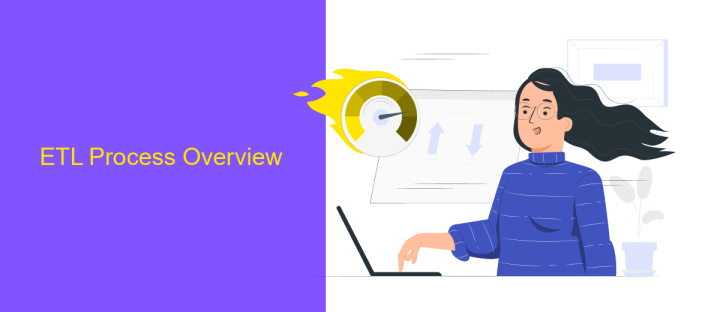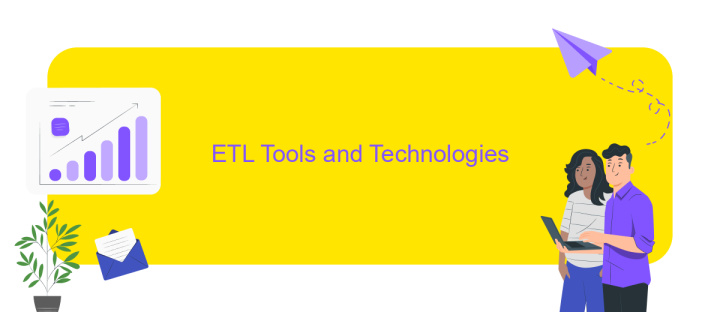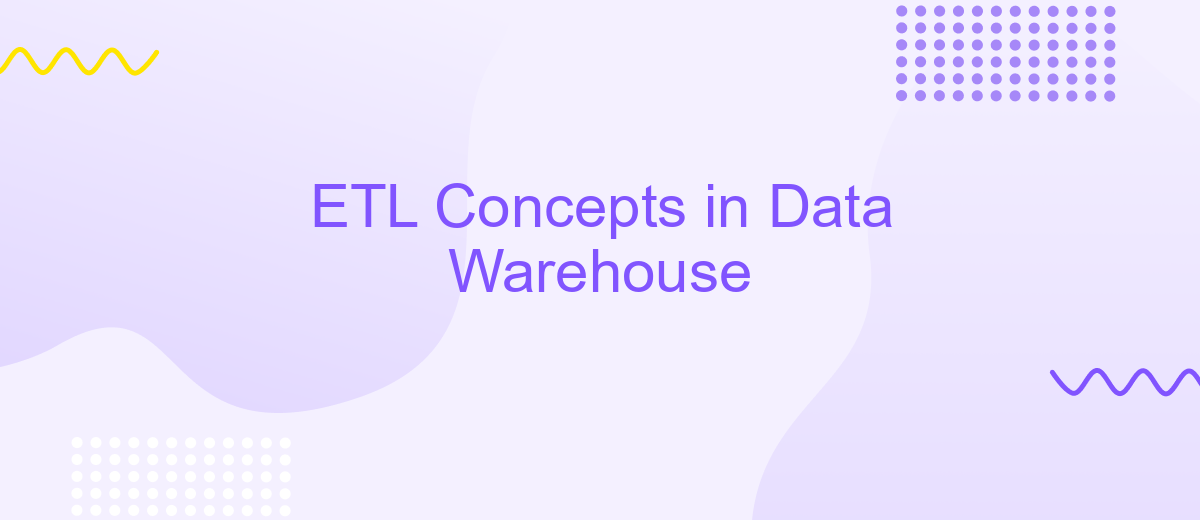ETL Concepts in Data Warehouse
Extract, Transform, Load (ETL) is a critical process in data warehousing that involves extracting data from various sources, transforming it into a suitable format, and loading it into a data warehouse. This article delves into the fundamental concepts of ETL, its importance, and how it ensures the accuracy, consistency, and reliability of data for business intelligence and analytics.
Introduction
ETL (Extract, Transform, Load) is a crucial process in data warehousing that involves extracting data from various sources, transforming it into a suitable format, and loading it into a data warehouse. This procedure ensures that data is accurate, consistent, and accessible for analysis and reporting.
- Extract: Data is collected from multiple sources such as databases, APIs, and flat files.
- Transform: The extracted data is cleaned, formatted, and transformed to meet the requirements of the target data warehouse.
- Load: The transformed data is loaded into the data warehouse for further analysis and reporting.
Effective ETL processes are essential for making informed business decisions. Tools like ApiX-Drive can facilitate seamless integration and automation of data flows, ensuring that data from different sources is accurately extracted, transformed, and loaded into your data warehouse. This helps businesses maintain data integrity and streamline their data management processes.
ETL Process Overview

The ETL (Extract, Transform, Load) process is a critical component of data warehousing. It involves extracting data from various sources, transforming it into a suitable format, and loading it into a data warehouse for analysis and reporting. During the extraction phase, data is collected from different databases, applications, and external sources. This data is often in various formats and structures, making it necessary to transform it into a consistent and usable format. The transformation phase includes data cleaning, normalization, and aggregation to ensure the data's quality and consistency.
Once the data is transformed, it is loaded into the data warehouse where it can be accessed for business intelligence and analytics. Efficient ETL processes are essential for maintaining the accuracy and reliability of the data warehouse. Modern tools and services like ApiX-Drive can simplify the integration and automation of ETL processes. ApiX-Drive allows users to connect various data sources and automate data workflows, ensuring seamless data extraction, transformation, and loading. This not only saves time but also reduces the risk of errors, enabling businesses to make data-driven decisions more effectively.
ETL Tools and Technologies

ETL tools and technologies are essential for efficiently managing data extraction, transformation, and loading processes in data warehousing. These tools help automate and streamline the complex workflows involved in integrating data from multiple sources into a unified data warehouse.
- Informatica PowerCenter: A widely-used ETL tool known for its scalability and robust data integration capabilities.
- Talend: An open-source ETL tool that offers a comprehensive suite of data integration and transformation features.
- Apache Nifi: A powerful data integration tool designed for data flow automation between systems.
- ApiX-Drive: A cloud-based service that simplifies the integration of various applications and services, making it easier to automate data workflows without the need for extensive coding.
- Microsoft SQL Server Integration Services (SSIS): A popular ETL solution for enterprises using Microsoft technologies, offering a wide range of data transformation options.
Choosing the right ETL tool depends on factors such as the complexity of data workflows, scalability requirements, and budget constraints. Tools like ApiX-Drive are particularly useful for organizations looking to quickly set up integrations and automate data processes with minimal technical effort, enhancing overall efficiency and productivity.
Data Quality and Data Governance

Ensuring data quality and governance is paramount in any ETL process within a data warehouse environment. Data quality refers to the accuracy, completeness, reliability, and relevance of the data, which directly impacts decision-making and business operations. Robust data governance frameworks help in maintaining data integrity and compliance with regulatory standards.
Effective data governance involves setting up policies, procedures, and standards that define how data is managed and used. This includes assigning roles and responsibilities, establishing data stewardship, and implementing data quality metrics. An essential part of this process is the integration of various data sources, which can be streamlined using tools like ApiX-Drive.
- Data Accuracy: Ensuring the data is correct and free from errors.
- Data Completeness: Ensuring all necessary data is available.
- Data Consistency: Ensuring data is uniform across different systems.
- Data Reliability: Ensuring data is dependable for decision-making.
- Data Relevance: Ensuring data is applicable to the business context.
Using ApiX-Drive, organizations can automate the integration of various data sources, enhancing data quality and governance. By leveraging such tools, businesses can ensure that their data remains accurate, complete, and reliable, thereby supporting better decision-making and regulatory compliance.


Best Practices and Case Studies
Implementing ETL processes efficiently requires adherence to best practices. Firstly, ensure data quality by validating and cleaning data at each stage of ETL. This helps in maintaining data integrity and accuracy. Secondly, optimize performance by scheduling ETL processes during off-peak hours to minimize impact on system resources. Additionally, using parallel processing and incremental loading can significantly reduce processing time. Lastly, maintain robust error handling and logging mechanisms to quickly identify and rectify issues.
Case studies highlight the importance of these practices. For instance, a retail company leveraged ApiX-Drive to streamline their ETL processes. By integrating various data sources through ApiX-Drive, they automated data extraction and transformation, leading to a 40% reduction in manual efforts. Moreover, the use of ApiX-Drive's scheduling features enabled them to run ETL processes during non-business hours, ensuring minimal disruption. This approach not only improved data accuracy but also enhanced overall operational efficiency.
FAQ
What is ETL in the context of a data warehouse?
Why is the transformation step important in the ETL process?
How often should the ETL process be run?
What are some common challenges in the ETL process?
How can automation tools help in the ETL process?
Time is the most valuable resource in today's business realities. By eliminating the routine from work processes, you will get more opportunities to implement the most daring plans and ideas. Choose – you can continue to waste time, money and nerves on inefficient solutions, or you can use ApiX-Drive, automating work processes and achieving results with minimal investment of money, effort and human resources.

